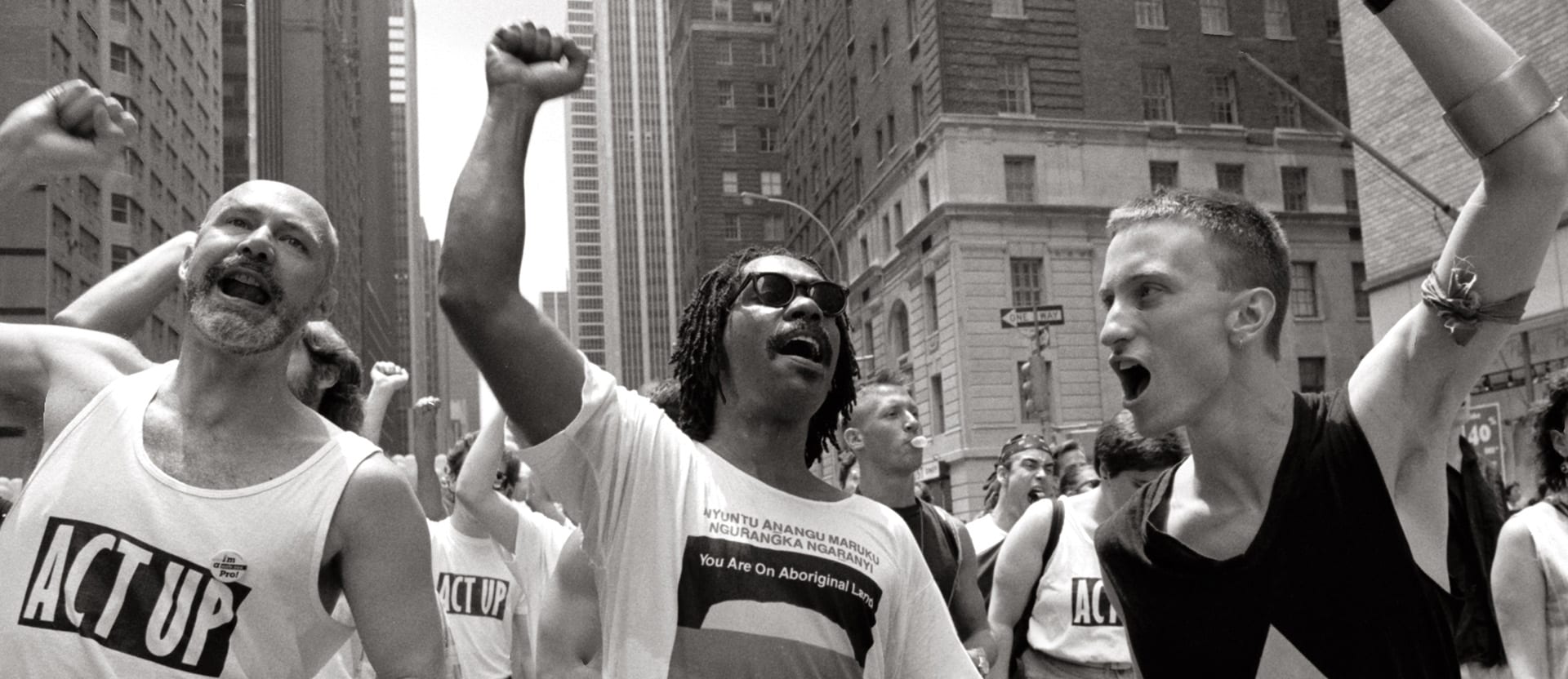Twenty years in the making, Sarah Schulman’s new book is a masterpiece of activist history and tactics around the AIDS crisis.

You’re getting blind.
Don’t miss the best of visual arts. Subscribe for $9 per month or $108 $90 per year.
Already suscribed ?



